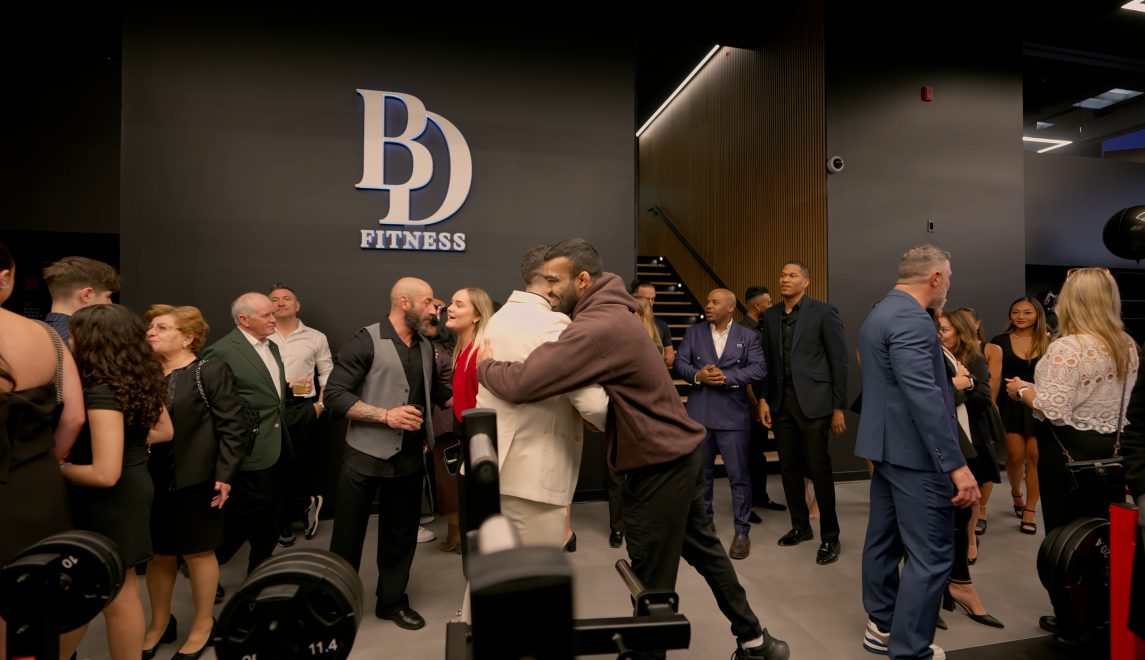How to Start a Gym: What No One Tells You (But You Absolutely Need to Know) – Part 3

By now, you’ve learned that building a successful gym isn’t just about equipment, space, or programming. It’s about thinking like a business owner, leading with purpose, and investing where it truly counts.
In Part 1, we laid the foundation: from calculating startup costs to choosing the right location.
In Part 2, we covered the essentials of smart investments, daily sales, and pricing your services with confidence.
Now in Part 3, it’s time to elevate your vision.
This final section will show you how to build a strong team from within, create a lasting community, and protect your business with financial breathing room.
Because at the end of the day, opening a gym isn’t just a project, it’s a mission.
And those who succeed are the ones who build with intention, lead with clarity, and grow with resilience.
Let’s finish strong with the final three key aspects to cover.
7. Stop Waiting for Super Coaches, Build Them
Waiting to “find the right coach” is a fantasy.
The best coaches are already booked, building their brand, or running their own gym.
So what’s your best move?
You build a team from the inside out.
Here’s how to do it:
- Create a strong internal culture
→ People stay where they feel valued.
→ Lead by example, offer mentorship, and recognize growth, not just results. - Offer more than just a pay rate
→ Don’t just give them $30/hour and expect them to stay.
→ Offer a commission on everything they sell (for example, 10%).
→ Provide a development path: monthly education, mentorship, and leadership
opportunities. - Build a clear progression system
→ Example: Coach → Senior Coach → Lead Programmer → Mentor/Manager
→ Tie this to clear metrics: client retention, leadership, client results, continuing education. - Invest in real certification
→ Once your team is in place, provide access to a top-tier strength & conditioning certification
→ Highly certified coaches = better results = higher client trust = premium pricing. - Create internal growth tools
→ Have your onboarding process, in-house education days, and regular coach debriefs.
→ Host monthly “training labs” where staff practice assessments and coaching scenarios together.
Why this matters:
If you don’t build from within, you’ll be stuck in an endless loop:
- High turnover
- Inconsistent client experience
- Constant re-training
- Poor team cohesion
A great gym isn’t built by waiting for already successful coaches. It’s built by creating an environment where people become their best.
Ever searched for a high-level certification with a complete approach?
Institute FPP was created for that purpose: to deliver real results and make strength coaches
truly versatile. Here’s the link.
8. Build a community, not just a facility.
What keeps a gym alive long-term isn’t the squat racks; it’s the relationships. Clients might come for the training, but they stay for the people, culture, and the community.
Concrete ways to build community:
- Create group rituals
→ Start every Monday with a “Coach’s Tip of the Week”
→ Do a team warm-up at the same time for small group sessions
→ Use a gym “chant” or motto before PR attempts or at the end of group classes - Establish a unique social media presence
→ Share member shout-outs, behind-the-scenes, and transformation stories
→ Speak your language, fun, bold, raw, or scientific, and stay consistent
→ Use a branded hashtag for community members to share their progress - Host internal events every 4–8 weeks
→ Examples: strength tests, hypertrophy challenges, “Earn Your Shirt” workouts
→ Outside the gym: community BBQs, coffee runs, or volunteer days
→ Celebrate milestones (1-year members, birthdays, PR boards) - Create physical and digital symbols of belonging
→ Branded T-shirts are only given after completing a challenge
→ A private Facebook or Discord group to share wins and ask questions
→ A wall of fame, gym bracelets, or progress photo boards
Give them that, and you won’t just retain members, you’ll create brand ambassadors.
9. Always leave financial room to breathe.
Your gym won’t be packed on day one. It may take 12 to 18 months before you see consistent, predictable cash flow, even with a great concept and strong marketing.
That’s why you need a solid financial buffer, not just to survive, but to stay strategic under pressure.
- Plan for 6 to 12 months of operating reserves. That means covering rent, salaries, utilities,
marketing, and software even if zero clients walk in that period. - This breathing room allows you to make smart, proactive decisions: invest in ads during slow months, replace or repair key equipment without panic, hire or retain great staff without making short-sighted cuts.
- Cash buys time. And time lets you adapt, test, learn, and grow.
Your vision deserves a runway. Build one before you take off.
Conclusion: The grind is brutal, but the reward is incredible.
Opening a gym is a serious commitment.
It takes time, energy, and patience. There will be moments of uncertainty and plenty of challenges to overcome. But if you stay focused and consistent through the early stages, you’ll build something truly meaningful, a space that changes lives, including your own.
If you’re willing to invest yourself, your gym can become so much more than just a business; it can become a reflection of your values, your mission, and your impact on the community.
Follow the right path, stay connected to your purpose, and take action with intention.
If you do that, building your gym won’t just be a goal. It will become one of the most rewarding journeys you’ll ever experience.
Stay strong and keep leaning.
– Simon D. Ducharme, Strength coach – Founder of Institut FPP
